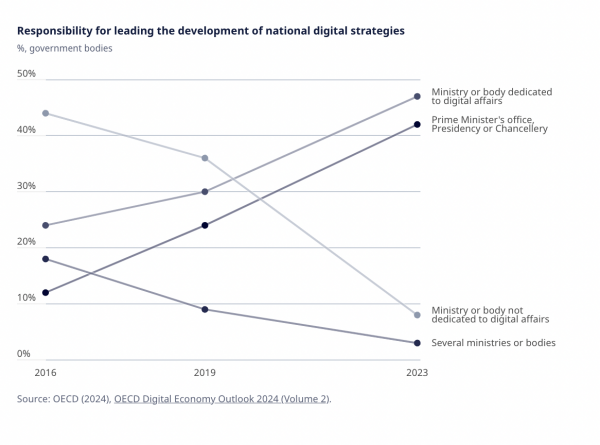Report by the National Academies: “AI technology is at an inflection point: a surge of technological progress has driven the rapid development and adoption of generative AI systems, such as ChatGPT, which are capable of generating text, images, or other content based on user requests.
This technical progress is likely to continue in coming years, with the potential to complement or replace human labor in certain tasks and reshape job markets. However, it is difficult to predict exactly which new AI capabilities might emerge, and when these advances might occur.
This National Academies’ report evaluates recent advances in AI technology and their implications for economic productivity, job stability, and income inequality, identifying research opportunities and data needs to equip workers and policymakers to flexibly respond to AI developments…(More)”


